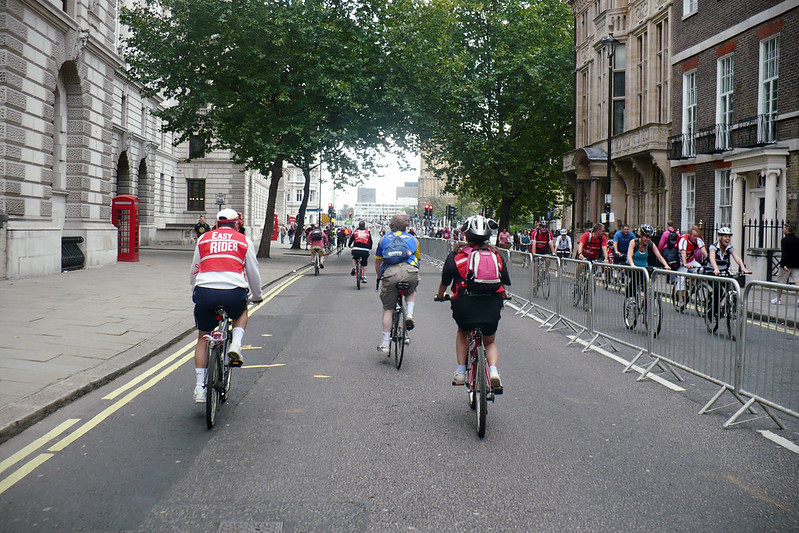
Photo: Jess C
UK cities face e-bike regulation grey area
06 March 2020
by Christopher Carey
Over the past two years, the UK has seen an explosion in e-bike use due to a surge in private ownership and the arrival of micro-mobility companies like Lime and Jump—with thousands of luminous dockless models popping up overnight.
As e-scooters are currently illegal on British roads, such bikes have become a major point of focus for mobility companies vying for their share of the market.
The growing affordability of e-bikes has also led to increased ownership. In 2018 alone, 70,000 e-bikes were sold in the UK, an increase of 8 percent on the previous year.
While docked and dockless e-bikes run by cities and private mobility companies have their speeds capped at 25 kilometres per hour, privately owned models can vary considerably, with some able to reach speeds of over 80 kilometres per hour.
On Monday, a London cyclist was cleared of careless driving causing death in what was believed to be the UK’s first e-bike related fatality.
The cyclist was travelling at 50 kilometres per hour on an e-bike when he hit a pedestrian, causing her “catastrophic injuries.”
This incident raised important questions regarding the regulation of e-bikes which are practically silent, do not require a licence or insurance to operate, and are technically not subject to a speed limit.
UK laws regarding cycling speed limits, or what can even be classified as a bicycle or an e-bike are vague and open to interpretation.
Speaking to Cities Today, Simon Munk, infrastructure campaigner at cyclist interest group London Cycling Campaign said:“There’s actually no speed limits on bicycles [in the UK] and while the legal definition of a bicycle does include e-bikes, it doesn’t include modified versions.”
In the UK, e-bikes are technically restricted to a speed of 25 kilometres per hour with a battery limit of 250 Watts. If the e-bike has a higher speed unassisted by pedalling, it’s classed as a motor vehicle that requires tax, a licence and insurance.
Most units sold are fitted with a cut-out device to ensure they go no faster than this, but disabling this feature is relatively easy, and a quick online search provides riders with a library of knowledge on how to do this.
The ability to determine what percentage of an e-bike’s speed can be attributed solely to the battery however is almost impossible to ascertain if the cyclist is also pedalling, further adding to the legal grey area.
The regulation of e-bikes in the UK falls on the Department for Transport, which has been slow to react to changes in mobility.
A spokesperson from the department told Cities Today: “We are looking at the options for further legislation very closely and have conducted a consultation on introducing new cycle offences of causing death by dangerous cycling and causing death by careless cycling.”
The results of the consultation, which finished in November 2018, have yet to be published.











